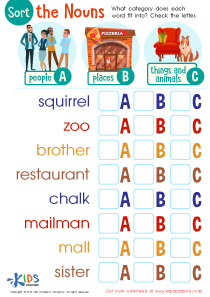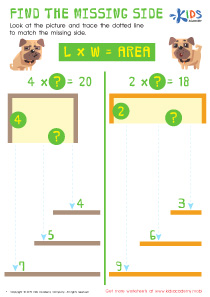Shape Recognition Easy Grade 3 2D Shapes Worksheets
3 filtered results
-
From - To
Discover engaging and effective Shape Recognition worksheets designed specifically for Grade 3 students! Our 2D Shapes worksheets provide a fun and interactive way to enhance students' understanding of various geometric figures, including circles, squares, triangles, and more. With a variety of activities such as tracing, matching, and identifying shapes, kids will develop essential skills while boosting their confidence in math. Aligned with educational standards, these worksheets are perfect for classroom use or at-home learning, making math enjoyable and approachable. Let your third graders explore the world of shapes with our easy-to-understand, visually appealing resources, fostering a love for learning today!
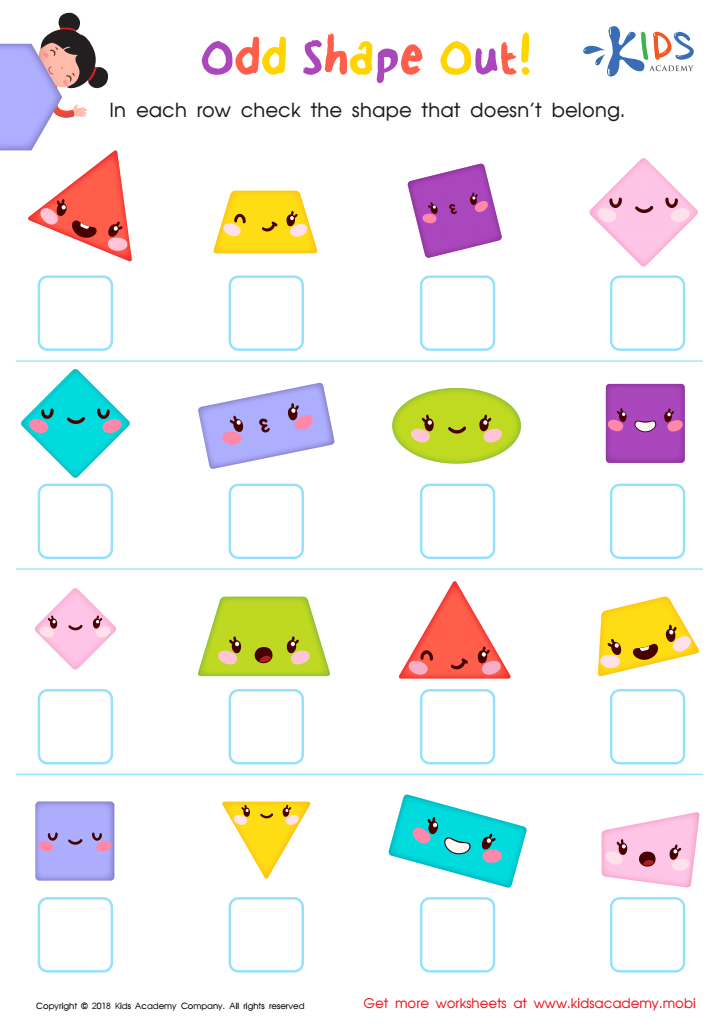

Odd Shape Out Worksheet for Grade 3
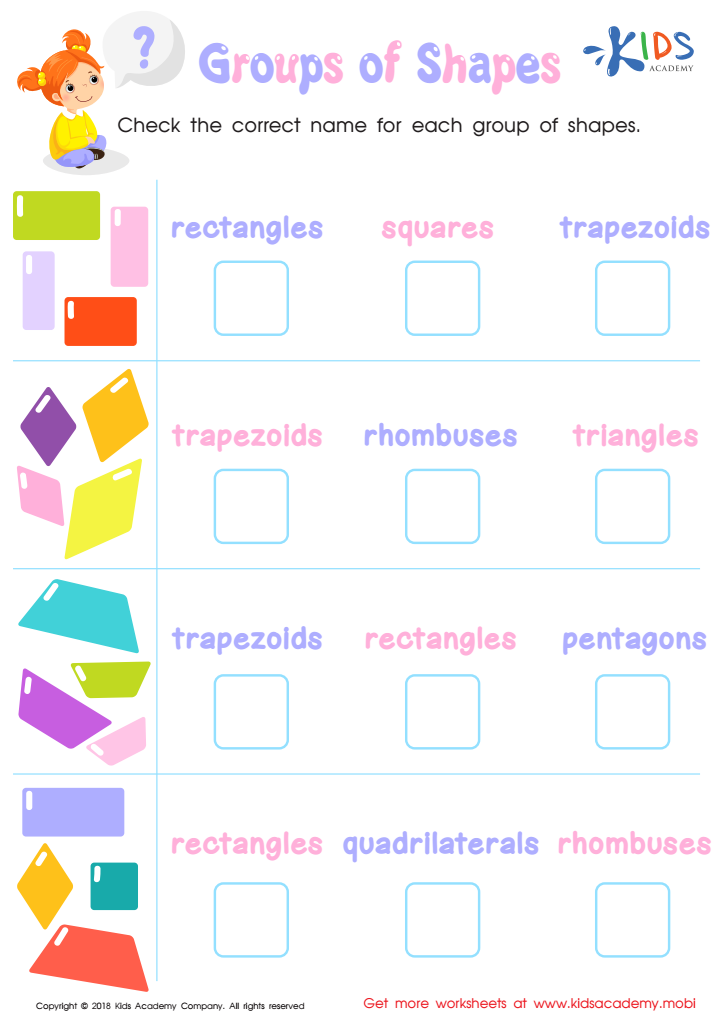

Groups of Shapes Worksheet
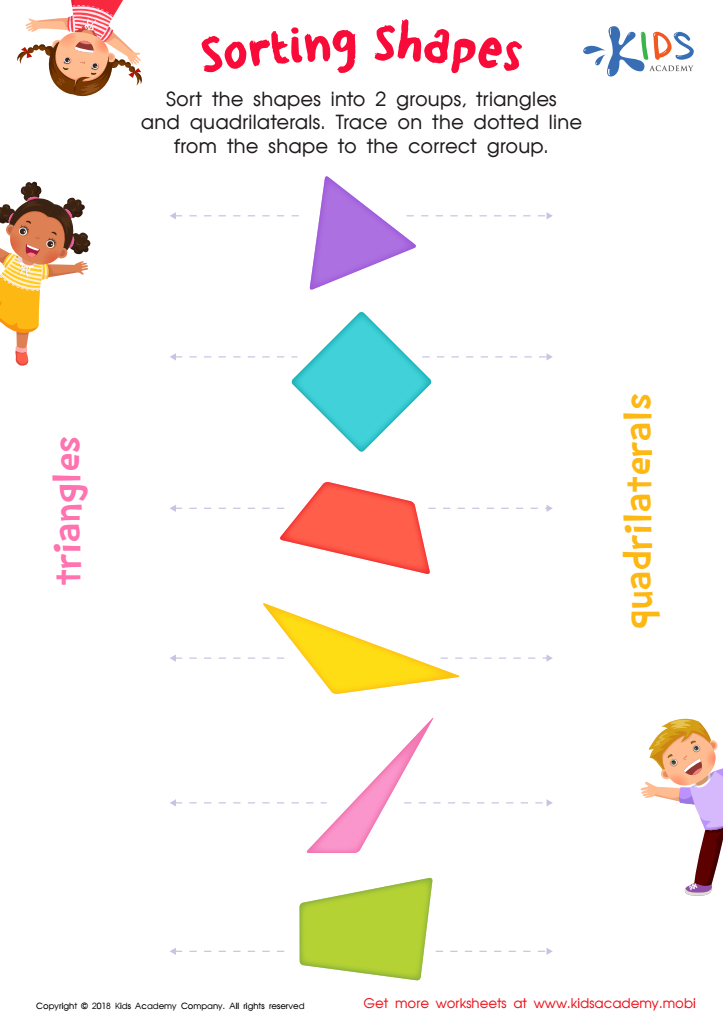

Sorting Shapes Worksheet
Shape recognition is a fundamental skill for early learners, especially in Grade 3, as it provides a strong foundation for various subjects such as math, science, and art. Understanding 2D shapes—like circles, triangles, squares, and rectangles—enables children to identify and describe those shapes in their environment, enhancing their observational skills and spatial awareness.
Parents and teachers should care about shape recognition because it cultivates critical thinking and problem-solving abilities. Recognizing and classifying shapes helps children develop reasoning skills through classification tasks, which are essential in mathematics. Furthermore, these skills facilitate future learning, such as geometry, by offering a clear understanding of properties like edges, vertices, and symmetry.
Moreover, improved shape recognition can boost a child's confidence and enable engagement in creative and collaborative activities, such as building, drawing, and crafting. This not only makes learning fun but also fosters interpersonal skills through group projects. Additionally, mastering 2D shapes encourages early proficiency in technology, such as understanding interfaces and design elements.
Ultimately, investing in shape recognition equips children with essential cognitive skills, enhancing their academic journey and preparing them for real-world applications.
 Assign to My Students
Assign to My Students





